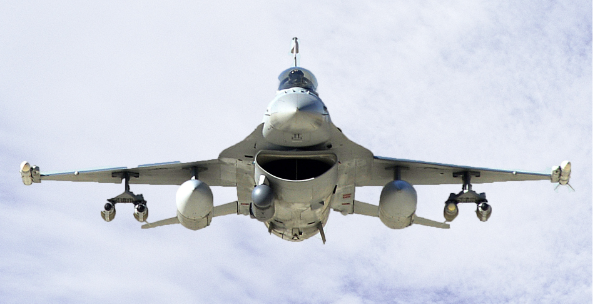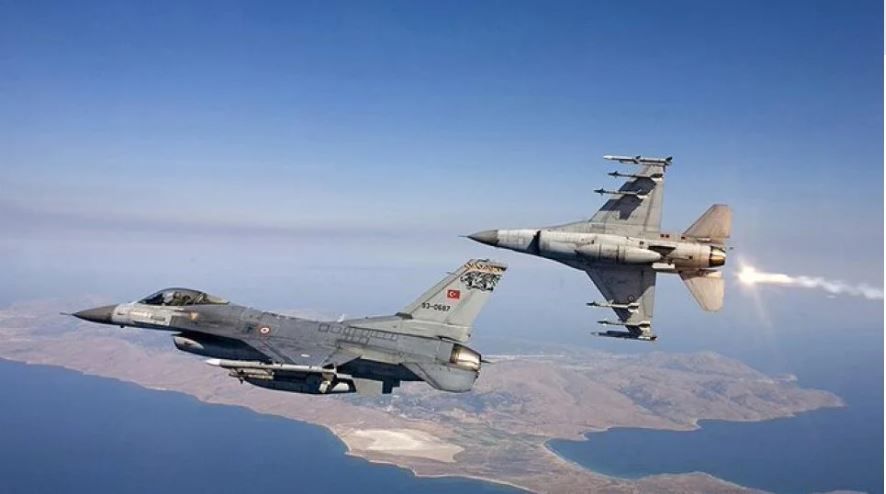As the spearhead of Greece’s Hellenic Air Force, or HAF, the F-16 Viper is expected to fly a wide variety of wartime roles, from dogfighting over the contested Aegean Sea, to real-time tactical reconnaissance, and long-range strike over land or water with an array of precision weapons. In the overland strike category, the HAF has become one of the few air forces — perhaps the only one — that outfit its Vipers with twin launchers for the AGM-154 Joint Standoff Weapon (JSOW), a stealthy 1,000-pound class long-range glide bomb designed to hit some of the enemy’s most important targets.
Photos of the unusual twin-rack JSOW pylon attached to Greek F-16s have been gaining a fair amount of attention on social media recently, but the HAF has actually been exploiting this capability for some time now. Typically, an F-16, or any fighter jet, for that matter, might be expected to load a pair of JSOWs, or perhaps a heavy load of four on four individual pylons. Greece’s F-16s, however, use the BRU-57/A smart multiple carriage rack that allows a single pylon to carry two JSOWs or any other compatible 1,000-pound class weapons, for that matter.
“Worst-case” climate predictions are “no longer plausible”, study suggests
The BRU-57/A was originally developed to meet a U.S. Air Force requirement to boost the F-16’s weapon load for improved mission effectiveness, doubling the firepower (and the number of targets) that can be engaged using the weapons on one pylon. Seeing a pair of Joint Direct Attack Munitions (JDAMs) on a BRU-57/A rack is not altogether unusual for a U.S. Air Force Block 40/50 F-16C/D, but JSOWs are far less common. In fact, as far as we know, you might have to go all the way to Greece to see this load-out in real life.
Read more: The Drive


































